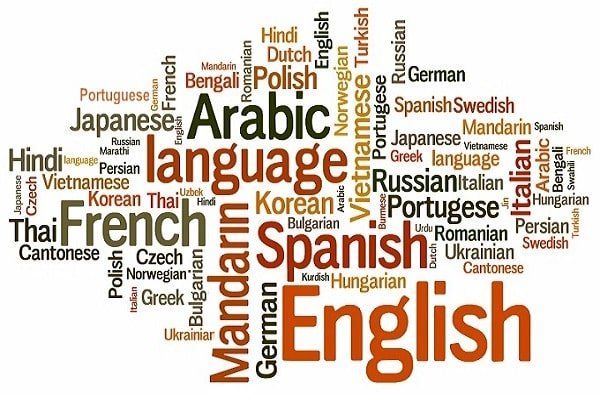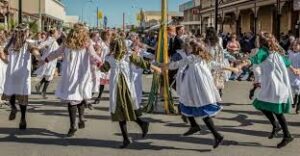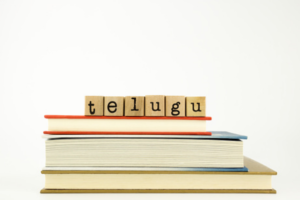
Are you fascinated by a variety of languages and cultures? In the translation industry, over 7,000 languages are spoken on Earth. Out of these, only a select few are widely spoken and used for commercial purposes. But there are many rare dialects that don’t get much attention but still contain valuable insights about our world. In this blog, we’ll explore the top rare languages in the translation industry.
The translation industry is rapidly growing and adapting to include a wide variety of unique and rare languages. As globalization increases, it’s important for businesses and organizations to consider expanding their language capabilities so they can better communicate with various cultures across the globe.
Top Languages in the Translation Industry
Ainu

This language is indigenous to Japan and only spoken by a few thousand people on the island of Hokkaido. It was recognized as an official language in 2008 and is mainly used for ceremonial purposes like weddings or festivals.
Basque

This ancient language is spoken by about 800,000 people living in the Pyrenees Mountains between France and Spain. It’s a distinct language with no known relatives, making it one of the most unique ones in existence.
Catalan

It is spoken by around 10 million people, mostly located in Catalonia (Spain). It’s a Romance language related to Occitan, French, and Spanish.
Cornish

This language was spoken by the people of Cornwall in England until its decline in the late 19th century. Today, it’s being revived by small groups of enthusiasts, and there are still some elderly speakers living in Cornwall.
Cree

This is an Algonquian language spoken by around 120,000 native North Americans living mainly in Canada but also scattered throughout the United States.
Crimean Tatar

This Turkic language is spoken by about half a million people, mostly located in Crimea (Ukraine). It has been strongly affected by Ottoman Turkish and Russian languages due to centuries of foreign rule over the region.
Karelian

A Finnic language mainly spoken in Finland’s Lakeland region, with around 7,000 native speakers. It has been strongly influenced by Finnish and Russian culture due to centuries of foreign rule over Finland.
Sami

Often referred to as ‘Lappish’, this Uralic language is spoken by around 20,000 indigenous Scandinavians scattered throughout Norway, Sweden, Finland, and Russia.
Yiddish

A Germanic language of Jewish origin, spoken mainly by Jews in Central and Eastern Europe before World War II. It is still spoken today by small numbers of people, though primarily in Israel, the US, and France.
Limburgish

It is an East Low Franconian language that’s mainly confined to the Dutch-German border region (though there are some speakers found further afield). Limburgish has many dialects that often differ greatly from one another, even across short distances.
Mirandese

This Romance language is native to the Miranda do Douro region of north-eastern Portugal, with only about 2,000 speakers found there. It’s listed as an official language of Portugal, yet the country does very little to protect the language or promote its use.
Tamil-Malayalam

Spoken in parts of India and Sri Lanka, Tamil-Malayalam is considered to be a dialectal mixture of the two languages by linguists. It’s not clear how many people speak this rare language, but it has been studied extensively by scholars.
Berber

Berber is a group of related languages spoken by roughly 10 million people in North Africa. It is divided into several dialects. The language has been the subject of much debate over the years due to its influence on Arabic and French, as well as its lack of written form prior to colonization.
Telugu

This South-Central Dravidian language is spoken by around 80 million people and uses an alphabet derived from Brahmi script. It’s also considered one of India’s classical languages and was used for literature long before Hindi hit the scene.
Tigrinya

A Semitic language related to Hebrew and Arabic, this Afro-Asiatic tongue is mainly spoken in Eritrea and Ethiopia, where it serves as one of four official languages. Tigrinya has its own script, which is commonly used in religious texts.
Kaqchikel

This Mayan language is spoken by around 500,000 people in Guatemala and northern Mexico and is divided into several dialects. It’s an important part of the culture for many Mayan communities, with festivals and rituals often taking place in Kaqchikel.
Assamese

A relative of Bengali, Assamese is spoken by around 15 million people across India, Bangladesh and Bhutan. The language developed from Sanskrit over the centuries and uses its own alphabet, which was first written down in 1780 by a British officer who noticed it being used in Assam.
Tibetan

Tibetan is a tonal language that belongs to the Tibeto-Burman language family. It’s spoken by around 5 million people in China, India, Nepal, and Bhutan, as well as other countries with significant Tibetan populations. Not only is it still used for religious purposes, but also for everyday conversations in Tibet today.
Kinyarwanda

This Bantu language is one of the Four National Languages of Rwanda and is spoken by over 11 million people there and in neighboring countries like Uganda, the Democratic Republic of Congo and Burundi. It’s considered an official language in Rwanda, where it has been a recognized medium of instruction since 2009.
Karaim

This Turkic language was developed by Karaite Jews who moved to Lithuania and Poland hundreds of years ago. It has been preserved over time, primarily due to its use as a liturgical language in the churches they built in those countries. While there are still some people who speak it today, it’s classified as an endangered language due to the small number of native speakers remaining.
Miao

This is an Austroasiatic language spoken mainly in parts of China, with some speakers in Vietnam and Laos. It’s considered an endangered language due to the decreasing number of people still speaking it, as well as the fact that many of its dialects remain largely unwritten.
Pite Saami

This Uralic language is native to northern Sweden, and also has a few remaining speakers in Norway and Finland. While there are still small numbers of people who speak this language, it’s been classified as endangered due to its low usage rate among younger generations.
Rapanui

Also known as Easter Islander or Rapa Nui, this is a Polynesian language spoken mainly on Easter Island, an isolated Chilean island with a population of around 5,800. Rapanui has been endangered since the 19th century, when it was nearly replaced by Spanish as the primary language.
Siletz Dee-ni

This is a Native American language traditionally spoken by the Indigenous peoples of Oregon and Northern California. It’s currently considered to be critically endangered, with only a few elderly speakers remaining alive.
Yaghnobi

This is an Indo-Iranian language native to Tajikistan that has been on UNESCO’s list of threatened languages since 1999. There are fewer than 8,000 speakers left, which makes this one of the most endangered languages in the world.
Conclusion
These are just a few of the many rare languages that exist in the translation industry today, each with its own unique history, culture, and meaning. The importance of preserving these dying languages cannot be understated, as they offer insight into our past and help us understand our future. While it may seem like a daunting task to prevent them from disappearing altogether, organizations such as UNESCO and local governments have taken steps to ensure their cultures endure for generations to come. With continued support and awareness, we can keep these precious artifacts of human history alive.

Post a Comment